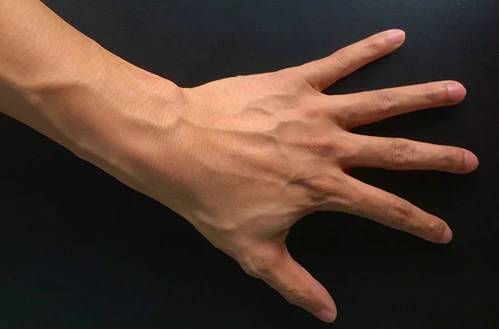FeverWarn Technology
The Only Temperature Scanners with OPX Extended Ambient Technology


Almost all infrared scanners, including handheld versions operated by others, are only rated for a temperature range of 70-94° F. Additionally, they can’t be used where there’s direct sunlight (due to UV rays), whether indoors or not. None of the handheld scanners are rated for outdoor usage.
FeverWarn has changed all that with the inclusion of OPX technology on all its new temperature scanners. The first of its type available anywhere in the world, the proprietary and patent-pending OPX technology extends the temperature bandwidth for infrared temperature scanning by up to 50% more than ordinary temperature scanners. OPX consists of new spatial geometry sensors combined with an artificial intelligence algorithm to filter out the effects of cold and warm weather as well as problems with sunlight.
FeverWarn OPX models are ideal for temperature variant indoor entranceways that are not fully heated or cooled to regular indoor ambient bandwidth and has been shown to work from 40-104° F.
Make A Fist, See For Yourself

Increased body temperatures spreads to the skin via blood circulation. The skin surface of the hand, due to exposed high arterial flow, responds easily and steadily to changes in mean body temperature. Results are repeatable and steady with +/- 0.5 degrees.

Try it yourself. Make a fist. You can clearly see the arteries in the hand leading to the fingers. The closeness of these arteries to the skin wall makes this area ideal for self-scanning and produces excellent results across a vast majority of the population.
Why the Wrist Beats the Head in Temperature Scanning
- Virtually no perspiration vs. heavy perspiration of forehead which interferes with thermal scanning
- Reduced hair on wrist/fist vs. possible hair interfering with forehead thermal scanners
- No makeup on wrist/fist vs. eye and skin makeup on head thermal scanning
- No interference by hats and face covering, which is commonplace with head thermal scanning
- Easy self-serving without danger of personnel exposure prior to results
What Happens in Colder Weather?
All infrared fever scanners have some inherent issues in colder ambient temperatures, especially when measuring unprotected body surfaces’ temperature. Knowing this, we’ve designed maximum flexibility into the FeverWarn 150/250 series. A longer snout allows for the scanning of the wrist/fist area and other body surfaces as well. With colder weather, the wrist’s underside is usually more protected from the cold, enabling individuals to obtain an accurate scan of the wrist or forearm’s underside by pulling up their coat/sweater sleeve.
This is especially true in high wind chill conditions because cold wind draws heat from exposed body parts (forehead, hands, etc.), leaving the skin surface much colder. Winter windchill can make the situation worse as a few minutes of exposure can drive down the skin and internal body temperature, hampering thermal results.



